With a tagline like ‘All in Small’, Naza Kia’s confidence that the new Kia Picanto comes with all that small car buyers want is apparent. With pricing starting from below RM60k for the manual to around RM64k for the automatic (estimated, final price yet to be rubber-stamped by the government), it’s not a bargain, but you do get plenty for the money.
UPDATE: Pricing for the Picanto has been confirmed – RM54,888 for the M/T and RM59,888 for the A/T, OTR with insurance
Some of the toys in the Picanto’s backpack aren’t even available as options in large executive sedans, so things like six airbags, ESP, disc brakes at each corner, Hill Start Assist, keyless entry/push start, LED DRLs and Bluetooth certainly stand out in a segment that includes the Mitsubishi Mirage, Suzuki Alto and sister Hyundai i10. Size aside, the Kia will also have to draw punters away from Malaysia’s best selling car, the Perodua Myvi.
Its case looks pretty solid on paper, so the only thing left to do is to drive it and find out if the second-generation Picanto TA really does have it all.

First impressions are pleasant. The Picanto is unmistakably Kia, but there’s an extra dose of cheekiness to the design here compared to bigger sibling Rio. The front fascia is the chief contributor to the cheeky image, with a big protruding mouth matched with large ‘eyes’ for a cartoonish face. I can almost picture Kermit the Frog driving the Picanto in its signature Lemon Grass green. Like the Muppet, the car is cute.
The rear end design fascinates me more. It’s not conventional for the rear screen to take up a bigger portion of hatch space than the metal below, and the boomerang rear lights with its three-claw LED signature are very distinctive. The lines don’t really meet where you’d expect them to, but it all works out in a unique way.
The Picanto is an important model for Kia in Europe, where city cars aren’t bought only because they’re cheap, and characterful design goes a long way in attracting urban youth. Small cars shouldn’t be taking themselves too seriously, and the Picanto looks like a fun companion already.
Speaking of the continent, the spec that we’re getting is no poorer than what a customer in Paris gets. With six airbags (dual front, side, curtain) and ESP as standard, Malaysian Picantos can proudly display the Euro NCAP four-star sticker without fear of misrepresentation.
Also included are four disc brakes (rear drums are par for the segment) and ISOFIX anchor points for child seats. The rear parking assist has four sensors, two more than the usual two.
The creature comfort list is good in the manual, great in the automatic. Auto headlamps, projector headlamps with manual levelling, LED daytime running lights, electric folding side mirrors, trip computer and factory audio with AUX/USB are standard across the board.
The automatic variant adds on 15-inch alloys with a more interesting pattern (14 on M/T), chrome door handles, front fog lamps, Supervision cluster meter, two extra speakers (total six), steering controls and Bluetooth for the stereo, leather wrapped steering and the now de rigueur party piece – keyless entry with push start button. The standard key is a jackknife-style unit with the ‘Picanto’ logo printed on the unused middle button, a small but cool touch.
Other additions include a box for sunglasses, illumination for the cup holders and a large driver’s vanity mirror with LED illumination. The diodes, three on each side, light up in stages for a touch of Hollywood drama in this moving powder room. None of these items are essential to the business of driving, but they add to the feel good factor of driving a full-spec car.
All those things are contained within a cabin that is minimalist in layout and simple to use. The dashboard design isn’t too different from that in the Rio, with a centre stack that’s an extension of the instrument panel. Here, the central air con vents flank the factory stereo instead of sitting above it.
The three hooded dials are also familiar from the Rio, although the contents and design are pretty basic in the Picanto. A fuel efficiency coach is present in both variants – upshift prompts for the manual and a green ECO light for the auto.
It’s all nice and safe, save for the steering wheel design with its highlighted mouth grinning widely at you. I like interaction and feedback from the steering wheel, but not in this form. Also, a nicer manual shift knob than the basic black ball wouldn’t go amiss.
Nothing outstanding quality wise, but there’s no sore thumb either. As expected in this segment, dashboard plastics are hard but at least they aren’t shiny and the texture is smooth to the touch. Fit and finish is good, and the overall feel is more premium than in the i10 or Mirage. The latter somehow feels very basic despite boasting kit like climate control and push start, highlighting the importance of design in creating the subjective, but all-important “feel”.
The seats are comfortable and there’s a pump-style height adjuster that allowed the driver’s chair to go low enough for my liking, avoiding the “sitting on, instead of in the car” feeling.
The Picanto is an easy car to drive from the get go, even the manual, which has a very light clutch and cushioned gear shift action. The clutch’s lack of resistance and vague action aren’t plus points for keen drivers, but it’s forgivable in a car like the Picanto, where ease of use is top priority.
You’ll get used to it in no time, as I did, rowing through the gears often to keep the 87 PS/120 Nm 1.2 litre Kappa engine on boil. With two adults on board, the four-cylinder CVVT unit was adequate to the task. The engine starts slow but comes alive in the mid band, so you’ll need to work it hard for fast driving. I can imagine it struggling a bit with a full load of four adults, but that can be said of its classmates, too – this is a small city car after all.
Fortunately, the Picanto has the best refinement and insulation in a car of this size in Malaysia, and then some. The engine may be working hard, but you hear and feel very little of it, much less than in a Myvi, Vios or City, in fact. Even wind noise is well suppressed at speeds above the national highway limit.
Encountering a small car with such grown-up manners wasn’t that big of a surprise – we rate the Hyundai i10 highly because of this, although the newer car raises the benchmark by a notch.
The polished performance was abetted by great ride comfort on the manual’s 14-inch wheels. The Picanto rides over bumpy roads with the authority of a bigger car, although we can’t confirm if it’s the same on the auto’s 15-inch rims – our stint in the top spec car was on smooth highway.
The four-speed automatic performed as expected, smooth shifts coupled with the propensity to kickdown at slight demands for more shove. The latter isn’t an issue in normal daily driving for normal people, but a heavy footed driver is sure to coax out plenty of noise from an otherwise civilised engine.
Personally, I feel that there are few motoring experiences better than driving a small, manual low-powered car to the max, as opposed to being a mere passenger in a heavy, powerful tech-laden beast. There’s a certain joy to it that’s not easy to explain.
Like the Mirage, the Picanto can be pushed harder than you’d think. It serves up a fair bit of roll in corners, but ignore the lean and you’ll find decent grip from the narrow tyres. Would have been more fun if the electric power steering didn’t feel so isolated. On the other hand, the brakes were a touch sensitive, but stopping power is good.
The Kia Picanto is a likeable runabout, and it’s good that Naza Kia is offering a decently specced manual version for those who don’t need an auto. It’s not a standout dynamically, but the Picanto is a small car that feels like a bigger car, as cliched as that may sound. Good ride comfort and rolling refinement are its strenghts, wrapped in a stylish body with plenty of kit. Just don’t approach it expecting Myvi levels of space.
So, all in small? Close, if you’re a keen driver. For the 99% of shoppers in this segment, yes.
Looking to sell your car? Sell it with Carro.

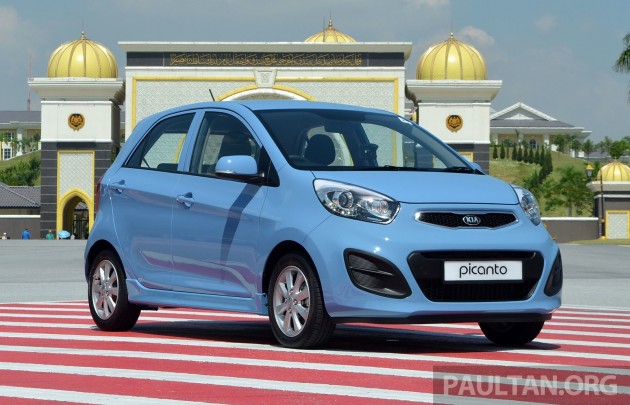
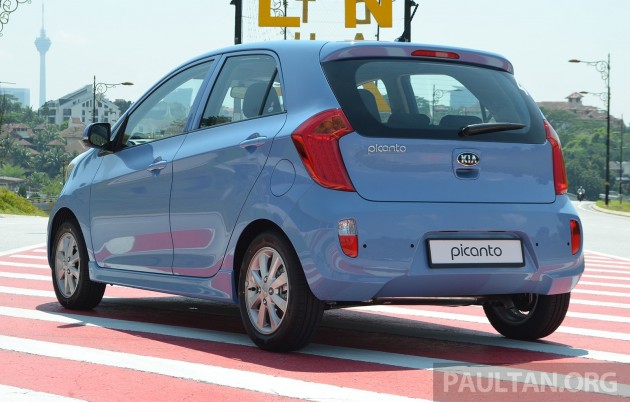



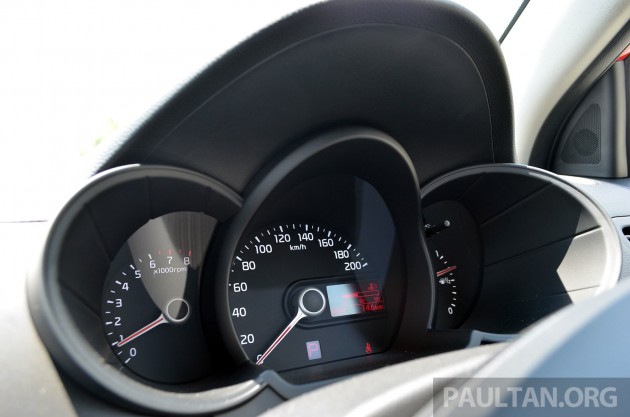
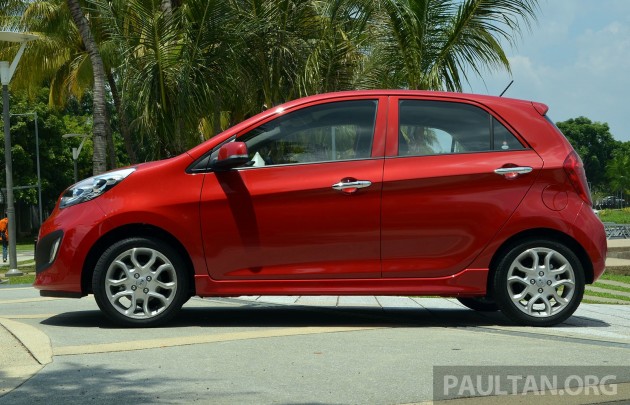





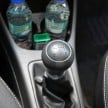
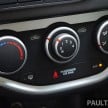
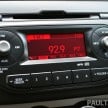
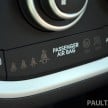
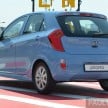
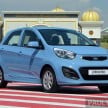
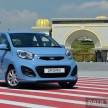

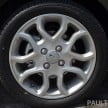
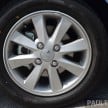
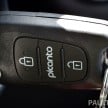
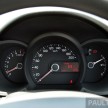
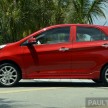
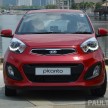
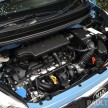
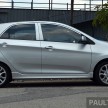
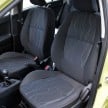
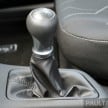
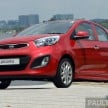
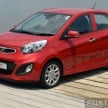
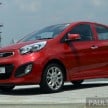
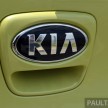
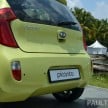
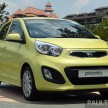
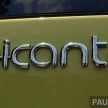
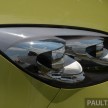
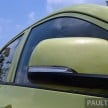
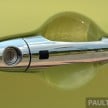
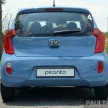
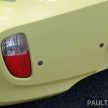
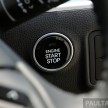
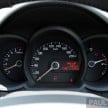
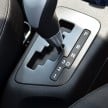
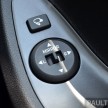
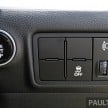
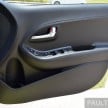
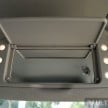
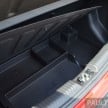
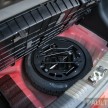
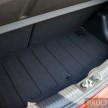
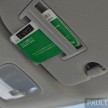
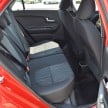
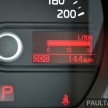
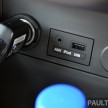
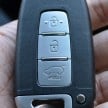
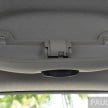
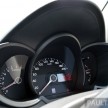
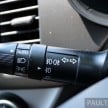
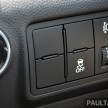
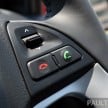
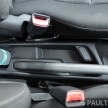
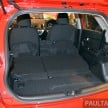

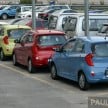
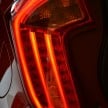
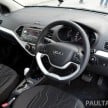
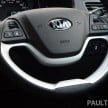
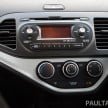
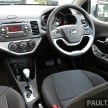

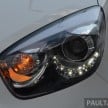
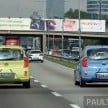
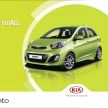
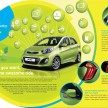
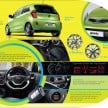
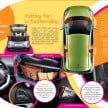
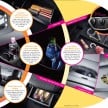
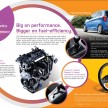
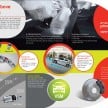
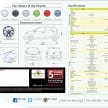
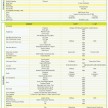
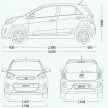
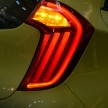
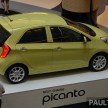
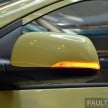
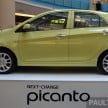
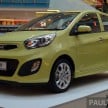
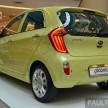
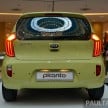
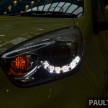













AI-generated Summary ✨
Comments mostly praise the Kia Picanto for its value, safety features, and quality interior, with some highlighting its solid build and competitive pricing, especially compared to rivals like the Myvi. Several express interest in the manual transmission and fuel efficiency, noting that it surpasses older models. Criticism includes its design and size, with some calling it weird or small. Concerns about resale value and maintenance costs are also raised, although others point out its high safety rating and reliability, especially from UK data. A few comments compare it negatively to Japanese cars like the Myvi or Vios, but many acknowledge Kia's recent improvements and good features. Overall, the sentiment is positive toward the car's features and value, tempered by skepticism over design and resale aspects.